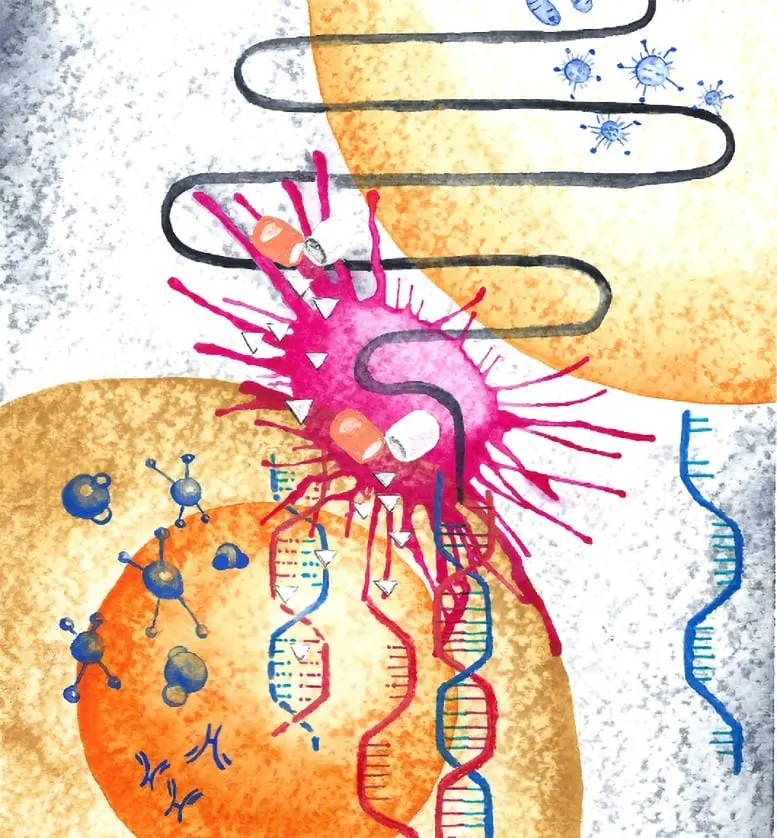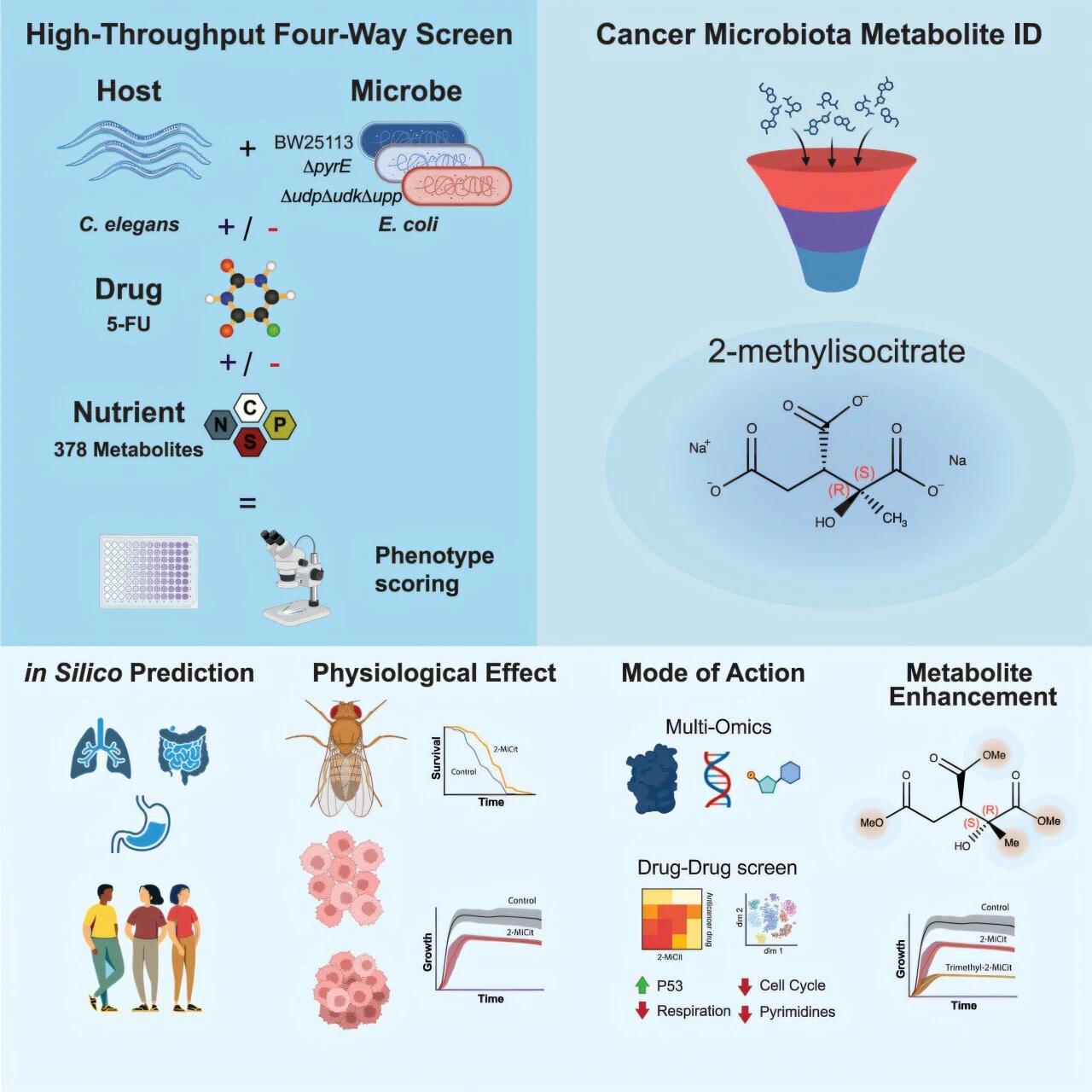New research reveals that bacteria living within tumors can produce a molecule that enhances chemotherapy, damaging cancer cell DNA and offering a new avenue for cancer treatment.

October 7, 2025

Source:
SciTechDaily
Tumor Microbiome's Anti-Cancer Role
In a major breakthrough, scientists have discovered that common bacteria residing within cancerous tumors can produce a molecule that helps kill cancer cells. The findings were published in the journal Cell Systems.
The research identified that E. coli bacteria, often found in colorectal cancer tumors, generate a compound named 2-methylisocitrate (2-MiCit).
This molecule was found to significantly enhance the effectiveness of chemotherapy drugs by disrupting the cancer cells' ability to function and repair themselves. The international collaboration was supported by institutions including the Wellcome Trust and the UK Medical Research Council.
"The chemical conversation between bacteria and tumor cells is crucial for cancer progression and therapy response," noted lead scientist Professor Filipe Cabreiro.
Keep up with the story. Subscribe to the PR+ free daily newsletter

Source:
Medical Xpress
How the Molecule Attacks Cancer
The newly discovered molecule, 2-MiCit, launches a two-pronged attack on cancer cells, making them more vulnerable to treatment.
Mechanism of Action
Metabolic Disruption: 2-MiCit targets the mitochondria, the powerhouses of the cell. It inhibits a key enzyme, disrupting the cell's metabolism and energy production.
DNA Damage: This metabolic stress leads to significant damage to the cancer cell's DNA, further weakening it.
This dual attack creates a powerful synergy with the widely used chemotherapy drug 5-fluorouracil (5-FU). When combined, the likelihood of cancer cell death increases substantially compared to using chemotherapy alone.
Preclinical Validation
The anti-cancer effects were rigorously tested across multiple models:
C. elegans worms and fruit flies: Showed increased survival rates and chemotherapy sensitivity.
Human cancer cells: Confirmed the potent cell-killing effects in a lab setting.
These successful tests underscore the molecule's potential as a future therapeutic agent.
Read More

Source:
ScienceDaily
Share this news:




















